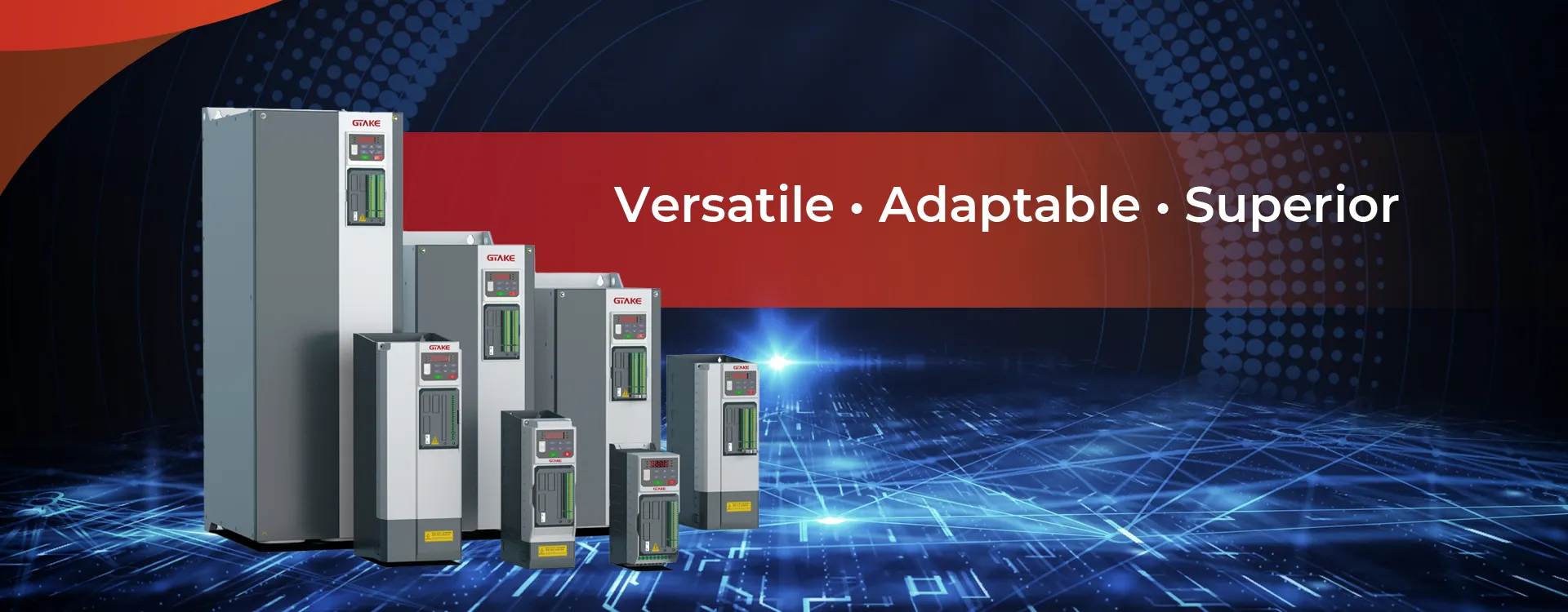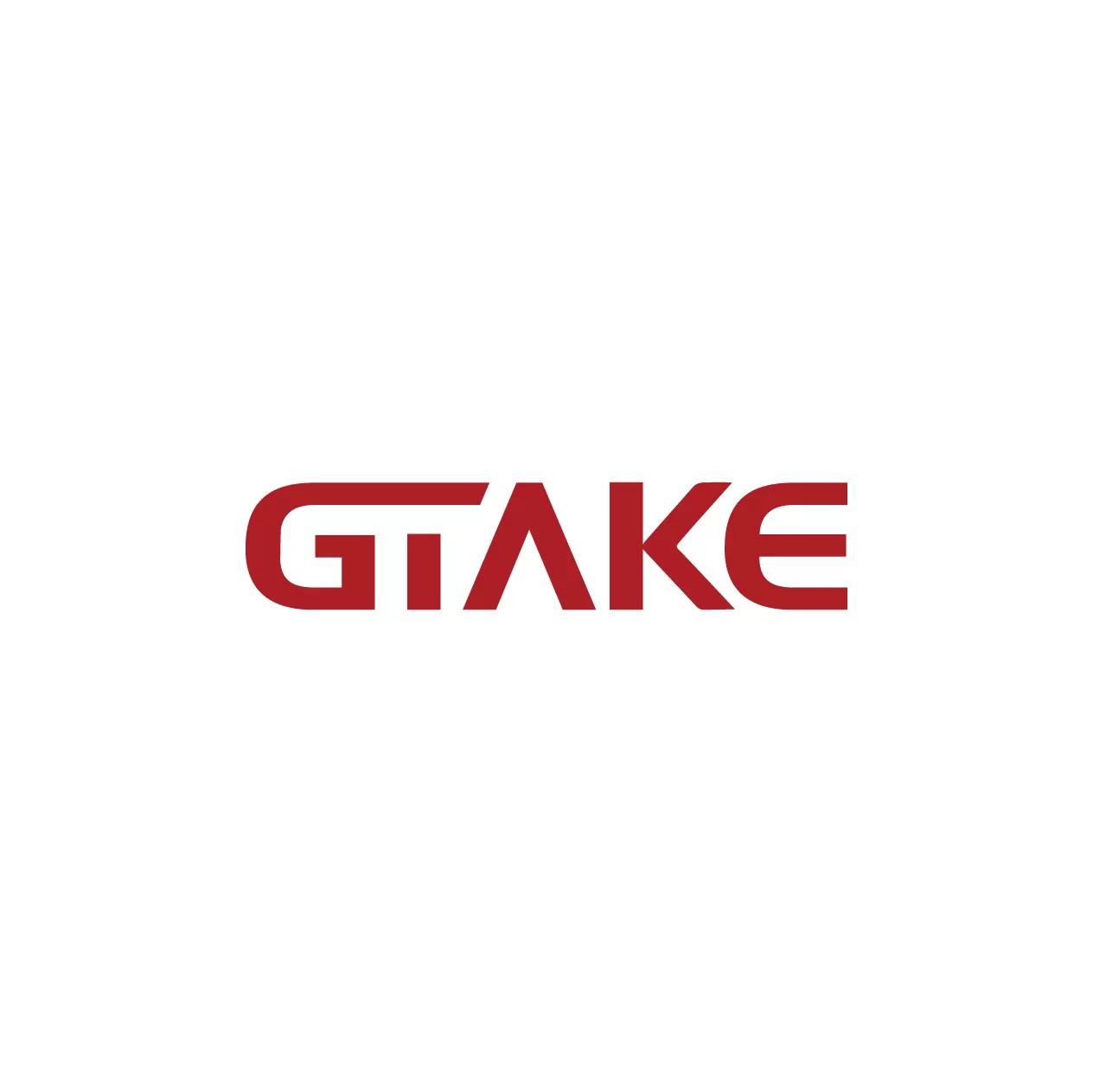
GTAKE specializes in designing and producing innovative AC drives (also known as variable frequency drives), electric vehicle motor controllers, bidirectional DC sources, and test rigs with advanced control algorithms and cutting-edge technology, delivering optimal performance and reliability for industrial automation and new energy applications.
A Variable Speed Drive (VSD), also known as a variable frequency drive (VFD), is an essential electronic device used to control the speed, torque, and direction of an electric motor by varying the frequency and voltage of the power supplied to the motor. VSDs are widely used in various industrial, commercial, and residential applications to enhance the efficiency, flexibility, and performance of motor-driven systems.
A Variable Speed Drive (VSD) operates by converting the fixed-frequency electrical supply into a variable frequency output, thereby controlling the speed and operation of an electric motor. The main components of a VSD include a rectifier, a DC bus, an inverter, and a control system.
Variable Speed Drives (VSDs) are crucial components in modern industry, offering energy efficiency, process optimization, and enhanced equipment lifespan. By controlling the speed and torque of motors, VSDs reduce energy consumption, lower operational costs, and improve the precision and flexibility of a wide range of applications, from HVAC systems to industrial machinery. With advancements in technology, VSDs are now more efficient, reliable, and versatile than ever before, helping industries improve their overall performance while supporting sustainability efforts. Whether for large-scale industrial operations or specialized applications like electric vehicles, VSDs are an integral part of the future of automation and energy management.
